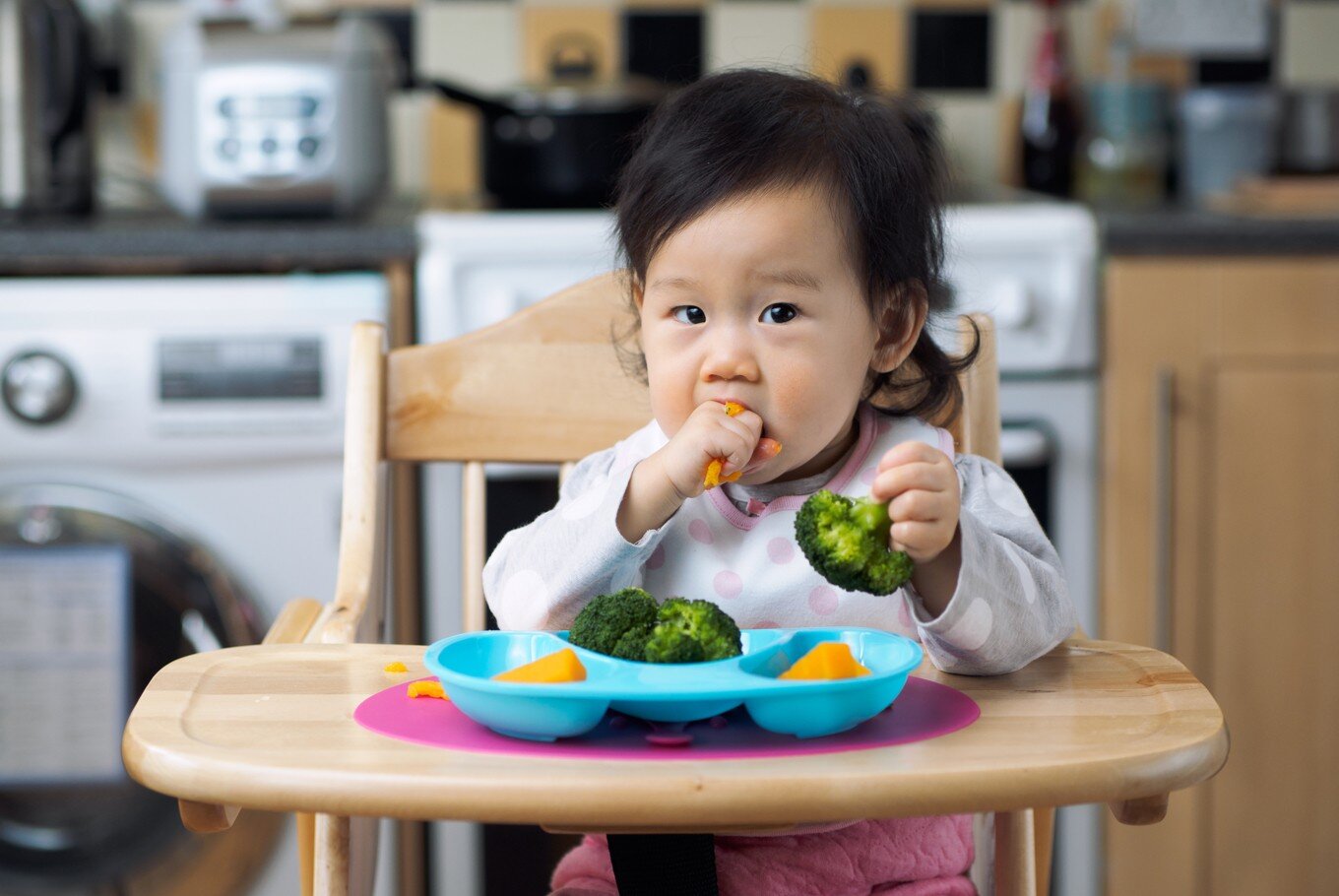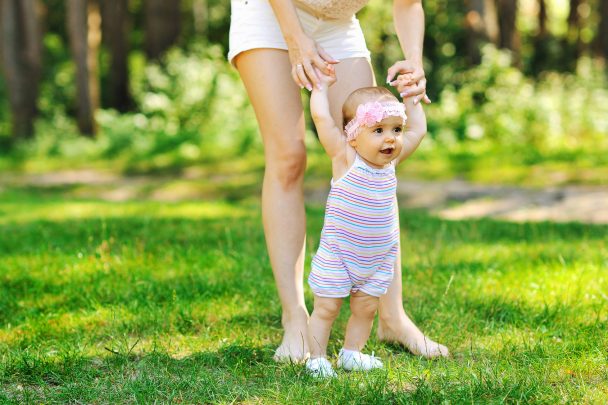Baby Led Weaning~ choking and first foods ~ what you need to know~!
Baby Led Weaning has been around for a while and has many benefits to you and your baby. There are also things you should know before starting this process with your baby.
Benefits of Baby Led Weaning
· This method of feeding allows you to follow your baby’s lead and let your baby control how much food they eat.
· Gives them the freedom to explore new tastes, shapes, textures, without the pressure to eat a set amount of food or a specific food.
· Its way easier on you, don’t have to prepare food, mix up baby food, etc. Its also a lot less costly instead of buying all those baby foods.
· Improved dexterity for baby: supporting their fine motor movements
· Rest assured you are feeding your baby more whole foods into their diet
· They can join the family at mealtime and feel a part of the action
· They are learning skills of self regulation by being in control of what they eat and at a pace and rhythm that works for them
When to safely start with feeding solids to baby?
It’s important that baby’s digestive system is ready for solids. Readiness can begin anywhere from 5.5 months to 8 months of age. Treat each child individually and watch for signs of readiness, that may differ from child to child.
· Baby can sit up well unsupported
· Hold head steady
· Pick food up and put in mouth
· Swallow food.
· Has started reaching for food, showing an interest in what you are eating.
· Developed the fine motor skills to self feed, pincer grasp
· Has lost the tongue thrust reflex (automatically push solids out of their mouth with their tongue)
Good first foods:
10 Good first finger foods for baby:
Make sure their food is soft enough that it can be mashed between your finger an thumb. Put a few pieces on their tray as to not overwhelm them. Cut food lengthwise big enough to pick up
· Carrots
· Broccoli
· Sweet potato, yam
· Avocado
· Cucumber
· Peas
· Blueberries (big ones cut up)
· Meat and poultry (organic, free range and local if possible)
· Salmon
· Egg yolk (give small amounts at first, gradually build up)
One food at a time, wait for 3-4 days, for possible allergic reaction. Look for these signs:
· Rash around mouth/cheeks
· Runny or stuffed nose, itchy eyes, swelling around mouth, eyes
· Increase in spitting up
· Diarrhea, vomiting
· Diaper rash
· Fussy baby, sleep patterns interrupted
Tips to prevent baby choking while eating solid foods:
don’t panic, this is normal~!
· Babies have a natural gag reflex, gagging is different than choking; babies have this safety mechanism to prevent from choking. Gagging you can hear, choking you can’t. Your baby will gag, and that’s a good thing, it means they are moving the food that gets lodged at the back of their throat to the front. They will make a funny face, but wait and see and they will use this reflex to push the food forward. They are developmentally ready to handle solid foods at 6 months, so try to stay calm. And let your baby do their thing.
· Your baby can’t eat exactly what you eat, their kidneys can’t handle the salt, and the spices are too much for them. So, hold the salt… as you are preparing dinner, you can just put your veggies or meat aside before you add in the salt, etc.
· No hard crunchy foods until they can chew well. Raw carrots, raw apple, (apple is the number 1 for baby’s choking), whole grapes, nuts and seeds, stringy foods (celery), and nut butters thick, use very thin amount.
· Interesting to not that the research shows that baby’s are no more likely to choke with baby led feeding as opposed to traditional feeding methods.
· Don’t make the pieces so tiny. Babies don’t have the fine motor skills at 6 months to pick up things that are tiny tiny. Have the pieces be large enough that they can pick them up, but soft enough that they’re safe
· Make sure they are sitting up in the highchair
· Popcorn not recommended until 4 years old
· Small portions, avoid coin shaped foods
· Play close attention while they are eating
· Good to know that baby’s windpipe is the width of one of their finger nails
Above all, have fun with it, mentally prepare for their being a mess, try not to sweat what goes on the floor, in their hair, on their lap and perhaps all over you~!
Feel confident that you are setting up healthy and fun associations to food, and mealtimes and give them the space and freedom to explore and experiment with their food. If you are breastfeeding, know that they are getting most of their nutrition from breast milk until one year old so don’t sweat it.
If you want to add extra nutrition to their food, you can add these to sprinkle on their banana, avocado or make cookies or biscuits! Baby Gourmet products
May the force be with you and your mop to clean up afterwards~!












